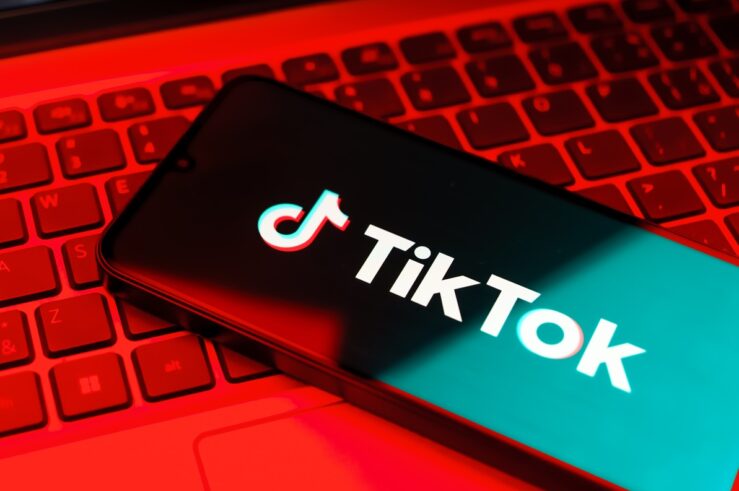Drug makers recently announced their 2019 price increases on over 250 prescription drugs. As examples, AbbVie Inc. increased the price of the world’s top-selling drug Humira by 6.2 percent, and Hikma Pharmaceuticals increased the price of blood-pressure medication Enalaprilat by more than 30 percent. Allergan reported an average increase across its portfolio of drugs of 3.5 percent; although the drug maker is keeping most of its prices the same, it raised the prices on 27 drugs by 9.5 percent and on another 24 drugs by 4.9 percent. Other large drug makers, such as Novartis and Pfizer, will announce increases later this month.
So far, the number of price increases is significantly lower than last year when drug makers increased prices on more than 400 drugs. Moreover, on the drugs for which prices did increase, the average price increase of 6.3 percent is only about half of the average increase for drugs in 2018. Nevertheless, some commentators have expressed indignation and President Trump this week summoned advisors to the White House to discuss the increases. However, commentators and the administration should keep in mind what the price increases actually mean and the numerous players that are responsible for increasing drug prices.
First, it is critical to emphasize the difference between drug list prices and net prices. The drug makers recently announced increases in the list, or “sticker” prices, for many drugs. However, the list price is usually very different from the net price that most consumers and/or their health plans actually pay, which depends on negotiated discounts and rebates. For example, whereas drug list prices increased by an average of 6.9 percent in 2017, net drug prices after discounts and rebates increased by only 1.9 percent. The differential between the growth in list prices and net prices has persisted for years. In 2016 list prices increased by 9 percent but net prices increased by 3.2 percent; in 2015 list prices increased by 11.9 percent but net prices increased by 2.4 percent, and in 2014 list price increases peaked at 13.5 percent but net prices increased by only 4.3 percent.
For 2019, the list price increases for many drugs will actually translate into very small increases in the net prices that consumers actually pay. In fact, drug maker Allergan has indicated that, despite its increase in list prices, the net prices that patients actually pay will remain about the same as last year.
One might wonder why drug makers would bother to increase list prices if there’s little to no change in net prices. First, at least 40 percent of the American prescription drug market is subject to some form of federal price control. As I’ve previously explained, because these federal price controls generally require percentage rebates off of average drug prices, drug makers have the incentive to set list prices higher in order to offset the mandated discounts that determine what patients pay.
Further, as I discuss in a recent Article, the rebate arrangements between drug makers and pharmacy benefit managers (PBMs) under many commercial health plans create strong incentives for drug makers to increase list prices. PBMs negotiate rebates from drug manufacturers in exchange for giving the manufacturers’ drugs preferred status on a health plan’s formulary. However, because the rebates paid to PBMs are typically a percentage of a drug’s list price, drug makers are compelled to increase list prices in order to satisfy PBMs’ demands for higher rebates. Drug makers assert that they are pressured to increase drug list prices out of fear that, if they do not, PBMs will retaliate by dropping their drugs from the formularies. The value of rebates paid to PBMs has doubled since 2012, with drug makers now paying $150 billion annually. These rebates have grown so large that, today, the drug makers that actually invest in drug innovation and bear the risk of drug failures receive only 39 percent of the total spending on drugs, while 42 percent of the spending goes to these pharmaceutical middlemen.
Although a portion of the increasing rebate dollars may eventually find its way to patients in the form of lower co-pays, many patients still suffer from the list prices increases. The 29 million Americans without drug plan coverage pay more for their medications when list prices increase. Even patients with insurance typically have cost-sharing obligations that require them to pay 30 to 40 percent of list prices. Moreover, insured patients within the deductible phase of their drug plan pay the entire higher list price until they meet their deductible. Higher list prices jeopardize patients’ health as well as their finances; as out-of-pocket costs for drugs increase, patients are less likely to adhere to their medication routine and more likely to abandon their drug regimen altogether.
Policymakers must realize that the current system of government price controls and distortive rebates creates perverse incentives for drug makers to continue increasing drug list prices. Pointing the finger at drug companies alone for increasing prices does not represent the problem at hand.




